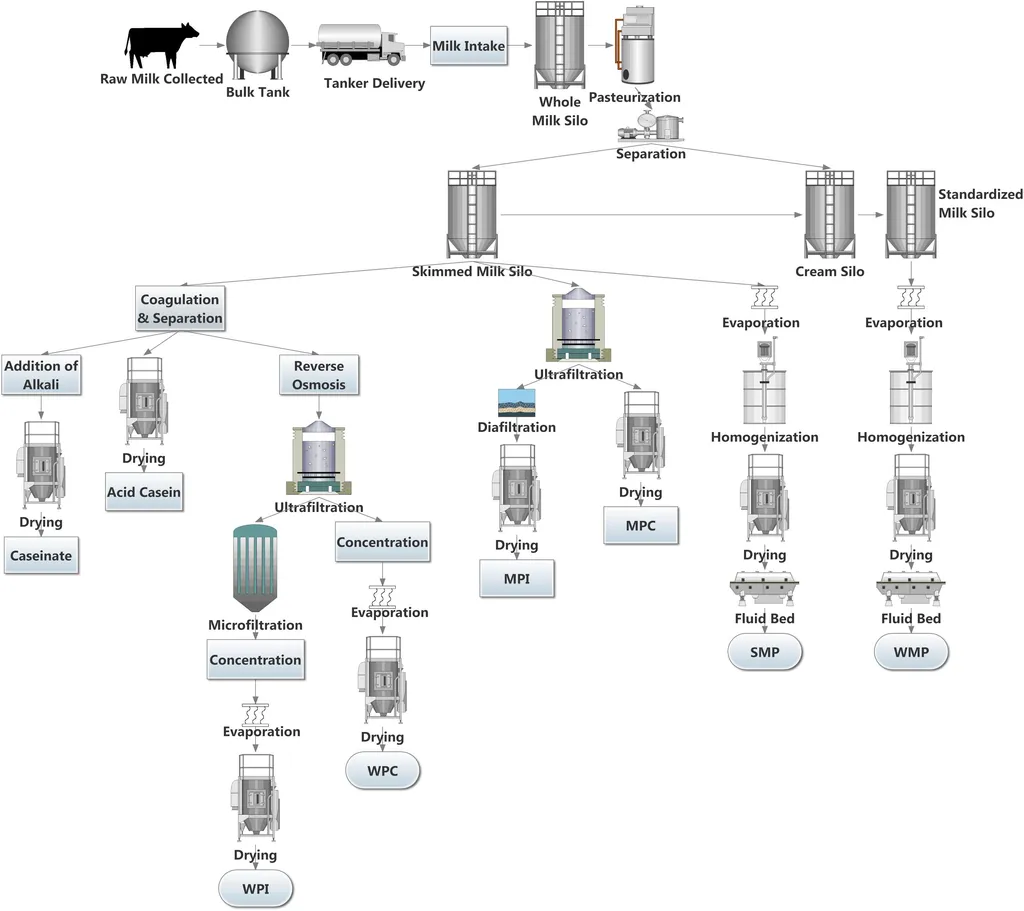In the heart of Korea’s burgeoning dairy industry, a critical study has shed light on the often-overlooked world of spore-forming bacteria in raw milk, with implications that could reshape quality control and safety standards. Led by Won Seo Park from the National Institute of Animal Science, Rural Development Administration, this research delves into the biodiversity and identification of these resilient microorganisms, using a cutting-edge approach known as culturomics.
The study, published in the *Journal of Animal Science and Technology* (동물과학기술), reveals that spores present in raw milk can survive heat treatments and persist through downstream processing, posing a significant challenge to the dairy industry. “Understanding the distribution and diversity of spore-forming bacteria is crucial for ensuring the quality and safety of raw milk and dairy products,” Park emphasizes.
The research team collected samples from five dairy farms across Korea, identifying a rich tapestry of spore-forming bacteria. At the family level, Bacillaceae, Lachnospiraceae, Paenibacillaceae, and Caryophanaceae were the most prevalent, with Bacillus, Clostridium, and Paenibacillus dominating at the genus level. Notably, Bacillus licheniformis, Bacillus kochii, Bacillus clausii, and Clostridium sporogenes were among the most prominent species identified.
The study also highlighted the influence of environmental factors on the biodiversity of spore-forming bacteria. “Specific provinces have distinct proportions of spore formers that may cause spoilage of raw milk and milk products, such as cheese and yogurt,” Park notes. This finding underscores the importance of tailored quality control measures and hygienic practices tailored to different regions.
The commercial implications of this research are substantial. By understanding the specific types of spore-forming bacteria present in raw milk, dairy producers can implement targeted strategies to mitigate contamination and ensure product safety. This could lead to significant cost savings and improved consumer trust.
Moreover, the study advocates for the implementation of Hazard Analysis and Critical Control Points (HACCP) principles to strengthen laws and regulations governing raw milk production. “Proper management of hygienic and production practices is essential for eradicating contamination during the production of raw milk,” Park asserts.
As the dairy industry continues to grow, this research provides a critical foundation for future developments in quality control and safety standards. By leveraging the insights gained from this study, stakeholders can work towards a more robust and resilient dairy sector, ultimately benefiting consumers and the industry alike. The findings, published in the *Journal of Animal Science and Technology*, serve as a testament to the power of scientific inquiry in driving progress and innovation in the agricultural sector.

